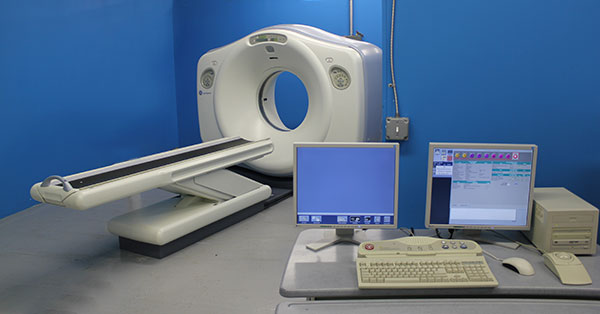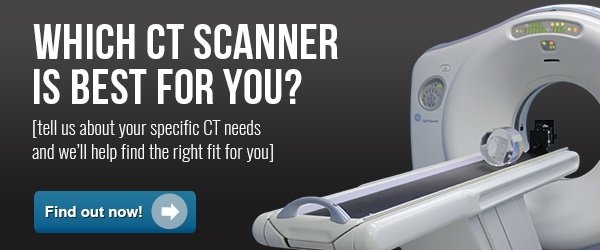
Updated: May 27, 2025 : 2 min read
4 Reasons Why 16-Slice CT Is a Good Fit for Critical Access Hospitals
Upgrading imaging equipment can be a challenging topic to broach in the critical access hospital (CAH) space. The buying needs of a CAH look different than those of a metro area hospital or a standalone clinic. They must be savvy. They buy to fill a critical need, not just because their lease is up. The balance they strike between clinical capability and moderate patient volume is delicate. So, when we suggest a CAH upgrade from their tried-and-true 4-slice scanner to a 16-slice scanner, they need a little more than a simple assurance that more slices is better.
Below, we'll share four reasons why we believe an upgrade to a 16-slice scanner is a good fit (not just a reason to spend more) for a critical access hospital right now.
Why 16-Slice CT Is a Good Fit for Critical Access
Reclaim Lost Reimbursements
If you're still using a 4-slice CT, there's a good chance you've been losing reimbursement dollars for the last four years. The vast majority of 4-slice CT scanners are not compliant with a set of standards known as XR-29. Under XR-29, Medicare reimbursements for certain HCPCS codes were cut by 15% if performed on a non-compliant scanner. These cuts went into effect for 78 different codes in 2016.
Learn More About XR-29
Improve Patient Experience
Just because there may not be another patient scheduled immediately after them doesn't mean CAH patients want to spend more time on the table. 16-slice CT scanners capture images much faster than 4-slice scanners. This decrease in scan time makes what can be an unsettling experience more bearable for patients. It also puts images in physicians' hands faster, further streamlining care.
Faster scan times and improved experience also play into our third reason for recommending 16-slice CT in a CAH:
Reduce Radiation Dose
On top of the radiation dose benefit of faster scanning (less time spent in the beam equals lower dose), most 16-slice CT systems have the additional benefit of being released after the development of dose reduction technologies like automatic exposure control (AEC) and iterative reconstruction (IR). With these tools in play, a patient scanned on a 16-slice CT will receive a significantly lower dose of radiation than a patient scanned on a 4-slice CT.
Service Cost and Downtime
We won't suggest that a well-maintained 4-slice CT can't be effective for bread-and butter scanning, but many 4-slice models are reaching the age where they can begin to "nickel and dime" a facility on service costs and downtime costs. Parts for these systems are beginning to decline in availability and some of them are still water-cooled, which requires an added layer of maintenance many 16-slice scanners don't require. The relative "newness" of a 16-slice means higher parts availability, less maintenance for air-cooled gantries, and an overall lower amount of downtime for preventative service or repair calls.
The Takeaway
If you've taken good care of your 4-slice CT and it's still chugging along admirably, we salute you for staying on top of its maintenance and service needs. At the same time, we encourage you to consider letting it "go out on a high note" by upgrading to a 16-slice CT- before the added efficiency, patient comfort, downtime, and lost reimbursement costs of letting a system age out begin to add up.
Ready to start a conversation about your next CT solution? Click on the banner below to tell us more about your goals, or call us directly at 517-668-8800 to speak with our team.

Paul Crawford
Paul Crawford is the Vice President of Equipment Solutions at Block Imaging. Paul connects with healthcare facilities across the world to offer CT solutions and manages the wholesale sales team. When Paul is not helping customers with their CT needs, he enjoys spending time with his family, watching MSU sports, and CrossFit.





